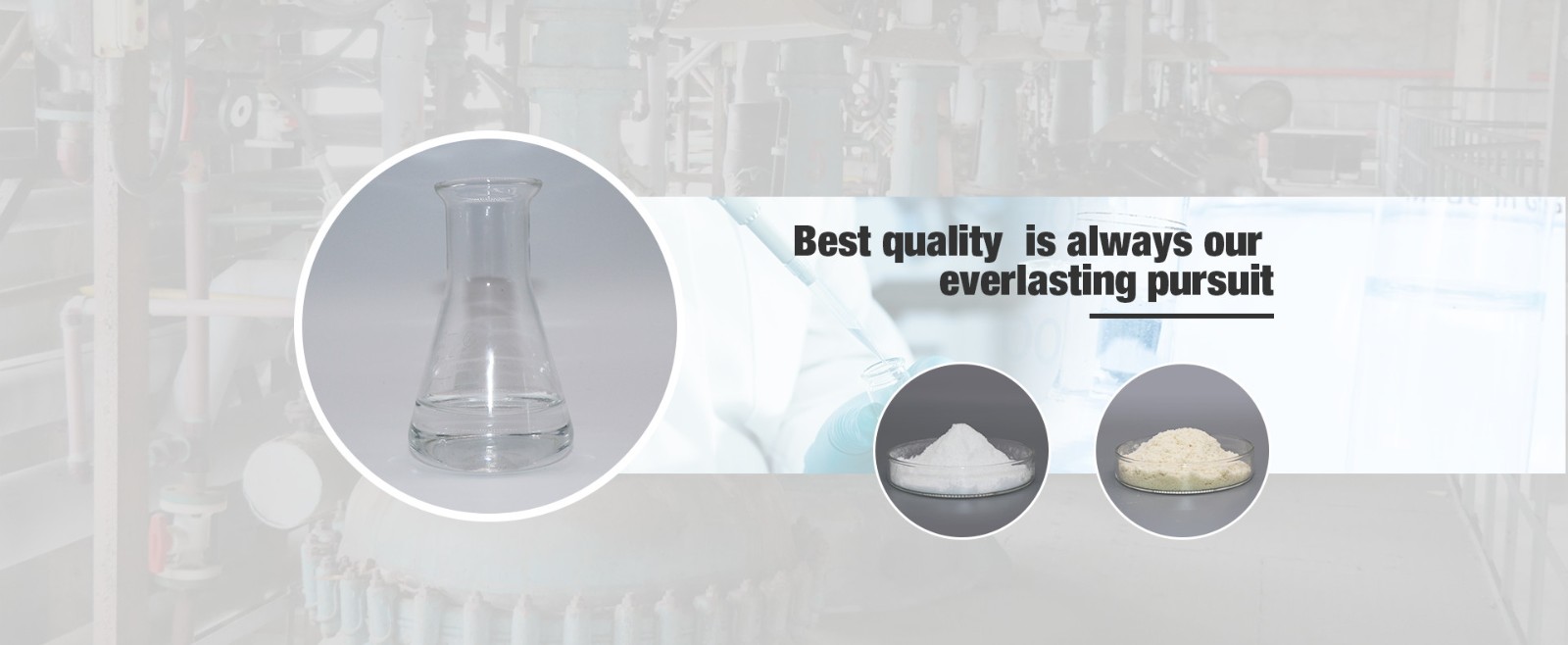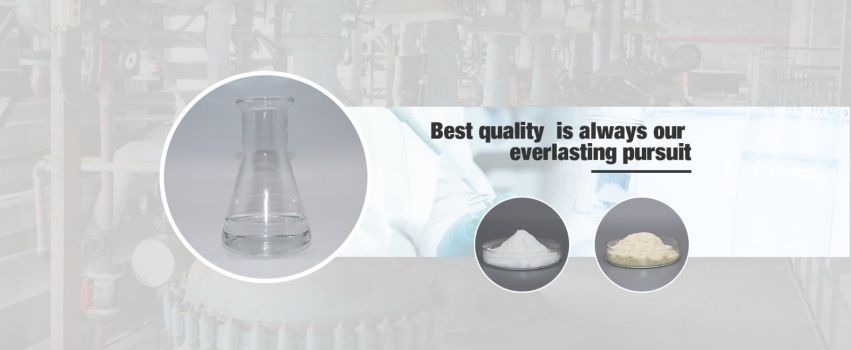A coenzyme is a small organic molecule that is required for the activity of some enzymes. Enzymes are proteins that catalyze chemical reactions in the body, and they need coenzymes to function properly. Coenzymes are not enzymes themselves, but they play a critical role in enzyme-catalyzed reactions by carrying chemical groups or electrons between enzymes.
Coenzymes can be classified according to the type of chemical groups or electrons that they carry. Some examples of coenzymes include:
1. Coenzyme A: This coenzyme carries acyl groups, which are chains of carbon atoms bonded to a carboxyl group. Coenzyme A is involved in the synthesis and breakdown of fats and other lipids in the body.
2. Nicotinamide adenine dinucleotide (NAD+): This coenzyme carries electrons and hydrogen ions. NAD+ is involved in a wide range of redox reactions in the body, including the breakdown of sugars and the synthesis of ATP, the primary source of energy in cells.
3. Flavin adenine dinucleotide (FAD): This coenzyme carries electrons and hydrogen ions. FAD is involved in a wide range of redox reactions in the body, including the breakdown of fatty acids and the synthesis of ATP.
Coenzymes are essential for the proper functioning of the body, and they are involved in many important biological processes, including energy production, metabolism, and detoxification.




















